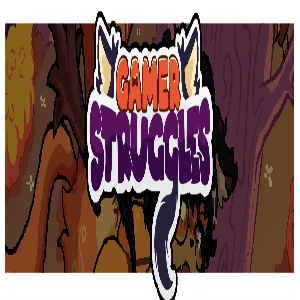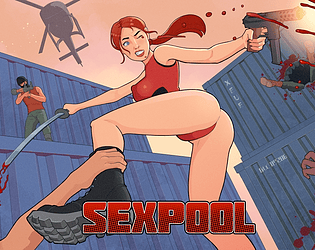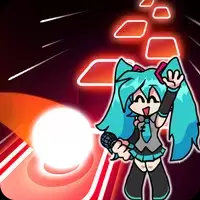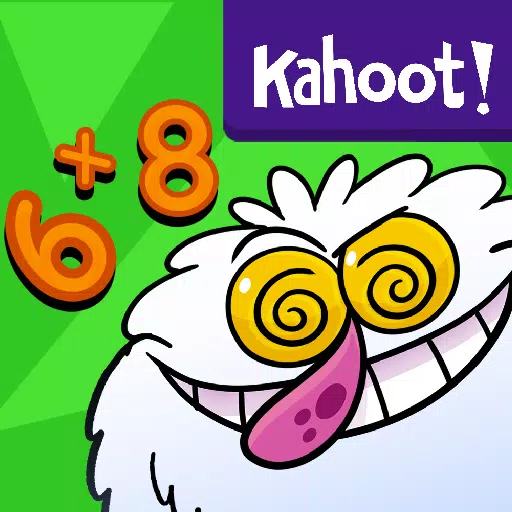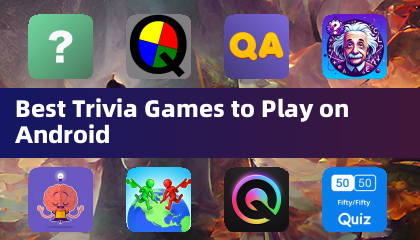The debate over turn-based versus action-oriented mechanics in role-playing games (RPGs) has been reignited with the release of Clair Obscur: Expedition 33. This new RPG, which launched last week, has been widely praised by IGN and other reviewers for its excellent execution of classic RPG elements. The game proudly showcases its inspirations, featuring a turn order system, Pictos to equip and master, zoned-out "dungeons" to explore, and an overworld map.
In an interview with RPGsite, producer Francois Meurisse emphasized that Clair Obscur was designed as a turn-based game from the outset, drawing significant inspiration from Final Fantasy VIII, IX, and X. Additionally, the game incorporates elements from Sekiro: Shadows Die Twice, blending FromSoftware's style with quick-time events from games like Mario & Luigi. This results in a unique gameplay experience that feels traditional when strategizing and action-oriented during combat and defense phases, sparking significant discourse within the gaming community.
The success of Clair Obscur has led many on social media to argue against the shift away from turn-based systems, particularly in the Final Fantasy series. Naoki Yoshida, during the media tour for Final Fantasy XVI, explained to Famitsu that the series has moved towards more action-based mechanics to appeal to a broader, younger audience who may find traditional turn-based systems less engaging. This shift is evident in Final Fantasy XV, XVI, and the VII remake series, which have both attracted fans and drawn criticism.
However, the narrative around turn-based games being less popular is not entirely accurate. Square Enix continues to support the genre with titles like Octopath Traveler 2, SaGa Emerald Beyond, and the upcoming Bravely Default remaster for Switch 2. While the mainline Final Fantasy series may have shifted, the publisher hasn't abandoned turn-based RPGs entirely.
The notion that Clair Obscur should serve as a model for future Final Fantasy games oversimplifies the situation. Final Fantasy has its own unique style and iconography that can't be replicated by simply adopting another game's mechanics. While comparisons between Clair Obscur and Final Fantasy are inevitable, they also highlight the distinctiveness of both series.
Historically, debates over the direction of RPGs, particularly Final Fantasy, are nothing new. Discussions about whether games like Lost Odyssey or Final Fantasy VII are superior to others have been ongoing. Moreover, Yoshida's comments on Final Fantasy XVI were influenced by sales expectations, though he did not rule out returning to a command system in future titles.
Clair Obscur: Expedition 33 has enjoyed a remarkable start, selling 1 million copies in just three days. This success is a testament to Sandfall Interactive and Kepler's efforts, positioning the game as a potential leader in the mid-budget RPG category, alongside titles like Visions of Mana and Ruined King. Whether it can achieve the same acclaim as Baldur's Gate 3 or Disco Elysium remains to be seen, but its initial reception is promising.
The success of Clair Obscur does not necessarily mean that Final Fantasy needs a radical shift. The challenges faced by recent Final Fantasy titles, such as Final Fantasy XVI and FF7 Rebirth, are likely influenced by broader industry trends and the high costs associated with developing major franchise entries.
Ultimately, the key takeaway from Clair Obscur's success is the importance of authenticity. Games that boldly embrace their unique vision tend to stand out. As Larian CEO Swen Vincke noted regarding Baldur's Gate 3, a high-budget game can achieve great success if it's a project that the creative team is passionate about. This approach suggests a path forward that focuses on innovation and genuine creativity rather than rehashing old debates.


